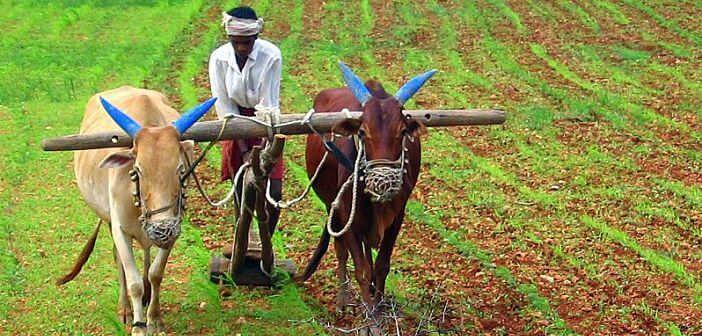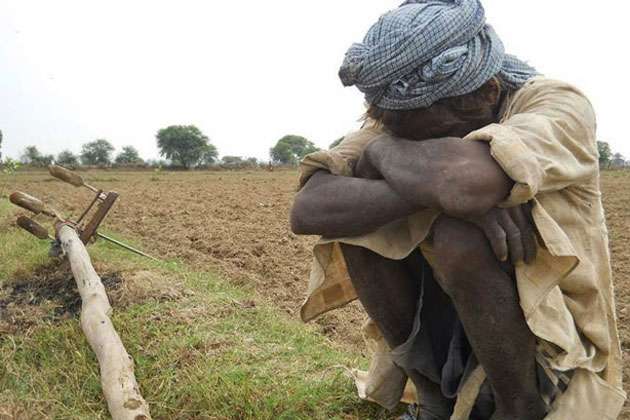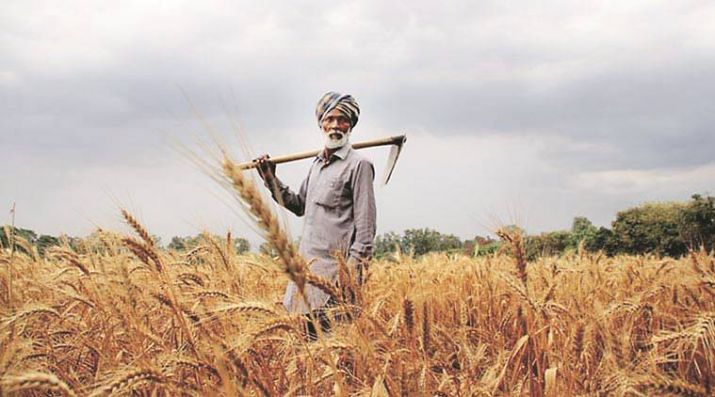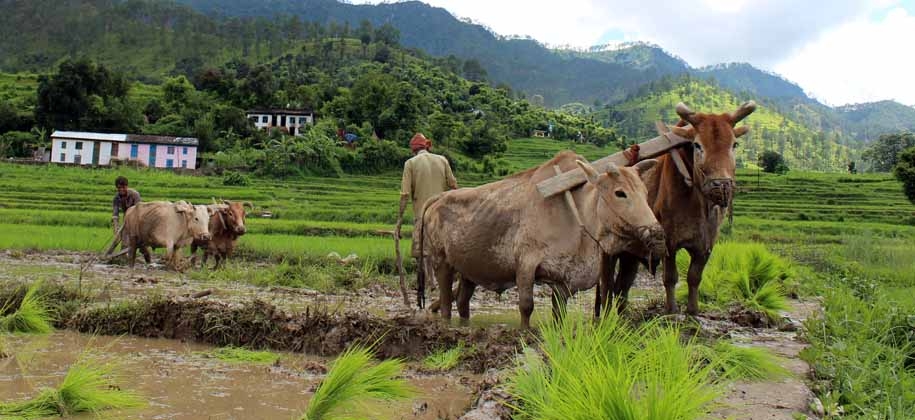Each government that comes to power plays the politics of loan waivers, but in the absence of land reform and structural change- how far can the rhetoric of loan waivers solve India’s agricultural crisis?
Priyanka Yadav | The New Leam

The Central government recently tabled the interim budget for the year 2019. Right ahead of the election the budget resonated the vision of the central government for India. Of the proposals made in the budget one interesting yet quite controversial proposal was that of providing cash transfer to farmers. The central government announced that an annual sum of Rs.6000/- will be transferred to farmers who own land and use that land for agricultural purpose. This money will be transferred to the beneficiary’s account directly and central government of India will incur all the expenses.
Loan waivers and cash transfers have been the most popular ad-hoc adjustments schemes made by the government so far to deal with the problem of agrarian distress and farmers’ suicide in India.
As per the statistics of National Crime Record Bureau in India it was reported that in the year 2018 nearly 5,650 farmers committed suicide in India. Farmer suicide accounts for 11.2 per cent suicide cases in India.
The reason behind most of the suicides as has been documented is the growing anxiety amongst debt ridden farmers. Farmers in India most of the time are forced to take loans to carry forward their agricultural activities and sometimes for their personal reasons like marriage, too. Farming as a commercial activity is one of the most unpredictable sector with huge dependence on nature and natural resources, a farmer is never sure if he will be able to harvest the fruits of the seed, or even if he will, then, how much produce can he generate, is again an unpredictable affair. In such a scenario in case of crop failure or any other natural calamity a farmer is bound to lend money and most of the time farmers are unable to pay back that amount.
This inability of the farmers pushes them into a state of shame, hopelessness and anxiety and the difficulty in coping with their problems directs them to the route of suicide.
Loan waiver and cash transfers can be temporary satisfaction for farmers dealing with debt anxiety but it cannot be a long term solution to the problems of agrarian economy in India at large.
Adding to the Burden on Farmers in India
Some of the issues of the agrarian sector in India are lack of productivity, lack of technological innovation, rising fuel prices, lack of security in case of crop failure, tenant farming, poor MSP, cost of production.Level of productivity is related to the ratio between the amount of produce and the area of land in which it is used for production. In India the level of productivity is very low as compared to the level of productivity in other countries. Interestingly, even after green revolution and introduction of high Yield Crop the level of productivity has remained low. India has secured top position in being the producer of wheat, rice and pulses but in terms of the productivity level of the same crops it still remains far behind. This is the result of lack of education and research in the agricultural sector primarily.
Lack of technological innovation is yet another major problem plaguing the agricultural sector in India. As reported around 60 per cent of the cultivable land is out of irrigation facilities only 75.14 million hectares of land are under irrigation facilities. Especially after the reforms of 1991 agricultural sector has not witnessed any form of technological innovation which can help farmers in their agricultural activities. Technology is a boon in India and it has benefitted almost every sphere till now but agriculture is still untouched and unaware of its benefit. Now it has become largely important to bring in technological revolution in order to enhance productivity and sustainability of crop produce.
India agricultural system runs on the age old model of zamindari system and tenant system even though zamindari system was abolished in 1955 but it still continues as a traditional practice. Despite being a country with agriculture as its main commercial activity, most of the farmer do not poses land for farming. They instead work as tenant farmers on the farm land of big land holders and tenant farmers in turn remain on the vulnerable end of exploitation. They are exploited by both the zamindar and the state, especially because of the irregular and informal nature of their employment. Tenants are also not the direct beneficiaries of government policies and scheme as they are not legally employed and nor do they poses their own land. Such a scenario calls for better land reform laws in place in order to end exploitation of poor farmers.The recent farmers march-Kisan Mukti Morcha where farmers marched from all over the country, even there farmers primarily revolted against the rising cost of fuel prices in the country which directly affects the farming sector but still fuel prices have continued to soar.
The agrarian sector today does not simply need loan waivers which are indirectly meant for creating vote banks; it instead needs a long term survival plan, expenditure on agricultural research and development. It is imperative to use technology to boost agricultural productivity such that now farmers do not have to commit suicides or leave farming as a profession altogether. Mostly farmers who are affected badly through agrarian distress tend to not encourage their future generation to take up farming as a profession they direct their children towards differential professions such that their children do not suffer the way they did.
But leaving the farming or not encouraging the future generation into farming will never solve the problem of this sector. It can only be solved through education and innovation, and it is high time for any government that comes to power to take the issue seriously and chalk out a long term plan to address India’s agrarian crisis.














